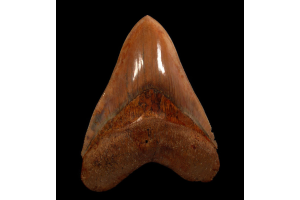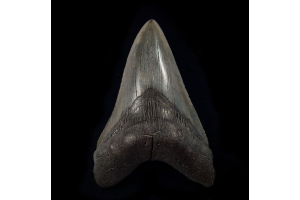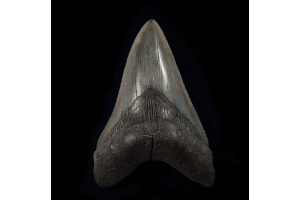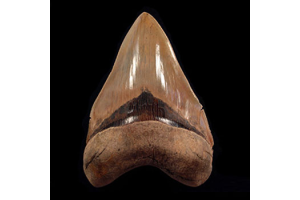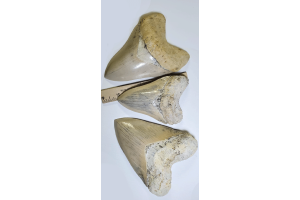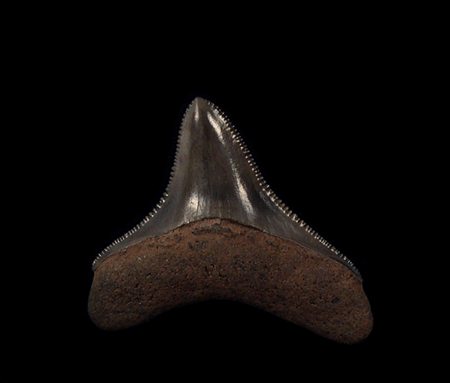
In the vast expanse of geological time, the Megalodon reigns supreme as one of the most formidable predators to have ever roamed the Earth's oceans. Among the countless fossils left behind by this ancient giant, one discovery stands out—a Megalodon tooth that sheds light on the apex predator's final days. Join us as we delve into the story of the youngest Megalodon tooth found and explore the significance of the alpha predator of the ancient seas.
Discovery of the Youngest Megalodon Tooth:
The discovery of the youngest Megalodon tooth offers a rare glimpse into the final chapter of this prehistoric giant's existence. Found amidst sedimentary deposits dating to the Miocene and Pliocene epochs, this remarkable fossil provides valuable insights into the Megalodon's evolutionary timeline and its ultimate fate. Discovered by paleontologists during excavations in coastal regions and marine deposits, the youngest Megalodon tooth serves as a poignant reminder of the species' decline and eventual extinction.
Significance of the Discovery:
The youngest Megalodon tooth holds significant scientific value, offering clues about the species' ecological role, behavior, and interactions with other marine life during its final years. By analyzing the tooth's morphology, isotopic composition, and mineralization patterns, researchers can reconstruct the Megalodon's paleoenvironment and track its evolutionary trajectory leading up to its extinction.
Furthermore, the discovery of the youngest Megalodon tooth contributes to our understanding of marine ecosystems and environmental changes during the Pliocene and Pleistocene epochs. By studying the distribution of Megalodon fossils and associated fauna, scientists can infer valuable information about oceanic conditions, climate fluctuations, and the impact of anthropogenic factors on prehistoric marine life.
The Alpha Predator Megalodon:
In the ancient seas, the Megalodon reigned as the undisputed alpha predator—a colossal apex predator that dominated the food chain with unrivaled ferocity. With its massive size, powerful jaws, and razor-sharp teeth, the Megalodon held sway over the oceans for millions of years, preying on a diverse array of marine mammals, including whales, seals, and other sharks.
As the alpha predator of its time, the Megalodon played a crucial role in shaping marine ecosystems and maintaining ecological balance. Its presence influenced the distribution and behavior of prey species, as well as the evolutionary adaptations of competing predators. However, despite its formidable prowess, the Megalodon eventually succumbed to environmental pressures and changing oceanic conditions, leading to its demise and extinction.
Conclusion:
The discovery of the youngest Megalodon tooth offers a poignant glimpse into the twilight years of one of the ocean's most iconic predators. As scientists continue to unravel the mysteries of this ancient giant, each fossil discovery brings us closer to understanding the complex interplay of factors that shaped its evolutionary history and eventual extinction. From its reign as the alpha predator of the ancient seas to its enigmatic disappearance, the Megalodon remains a symbol of the awe-inspiring wonders of the natural world and the enduring legacy of life's evolutionary journey.
If you are an enthusiast or a collector of Megalodon teeth, Buried Treasure Fossils bring you closer to new additions. Explore our website to find authentic Megalodon teeth and other fossils.






